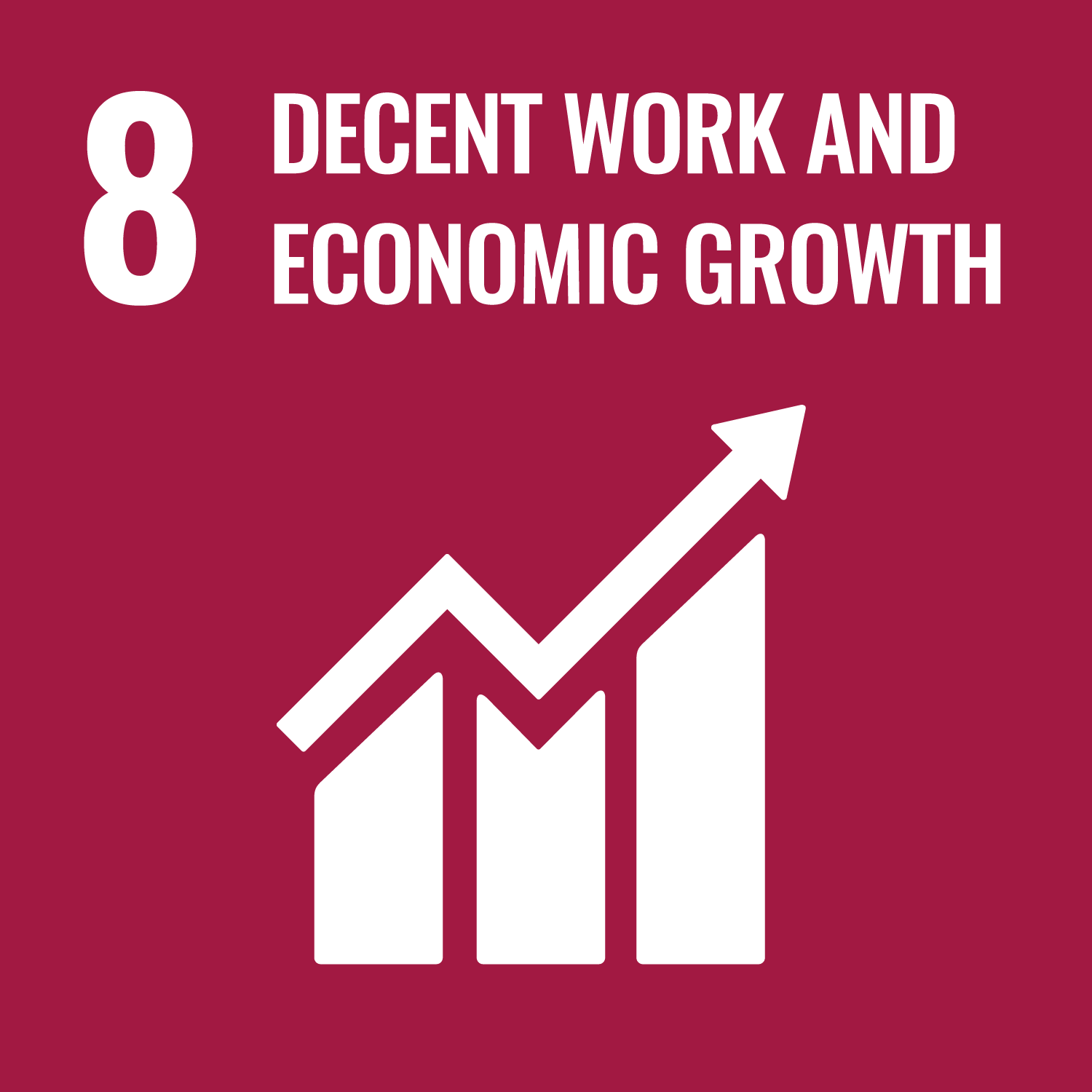Key Stats
7,545 students (20 percent of all students) went on a work placement of more than one month in 2019/20
1,444 employees (14 percent) were working on secure contracts over 24 months in 2019/20
Support staff are represented by the NASA union.
Academic staff are represented by the AASUA union.
research impact
For the period 2018-2022
№ relevant publications: 159
№ times cited: 627
Source: InCites
sample Courses
- ECON 213 - An Introduction to the Economics of Developing Countries
- ECON 269 - Economics of the Environment
- ECON 366 - Energy Economics
- ECONE 365 - Économie des ressources
- NS 330 - Native Economic Development
- AUECO 346 - Agricultural Economics
- AUENV 341 - Environmental Economics
Videos
Institutional Stewardship Initiatives
Duty of Fair Representation
The Non-Academic Staff Association (NASA) and the Association of Academic Staff of the University of Alberta (AASUA) represent non-academic and academic staff, respectively, at the University of Alberta, providing fair representation for staff in accordance with the Alberta Labour Relations Board.
Adaptation Resilience Training
Each year, the Adaptation Resilience Training program provides 30+ recent graduates from across Alberta with an eight month, paid internship working to prepare Alberta for the impacts of climate change. This program gives recent students workplace experience that will help them continue to work in the climate adaptation field.
Research institutes, centres & projects
First to $15: Alberta's Minimum Wage Policy on Employment by Wages, Ages, and Places
Alberta is the first North American state or province with a $15 minimum wage, with an unexpectedly large increase (47 per cent) over a short time span (three years). The employment effects of this policy are estimated using a synthetic control approach on Labour Force Survey data.
LinkedIn(to) Job Opportunities: Experimental Evidence from Job Readiness Training
Online professional networking platforms are widely used and offer the prospect of alleviating labor market frictions. This study finds that training work seekers on how to use networking platforms increases employment at the end of the program from 70 to 77 per cent, and this effect persists for at least twelve months.

